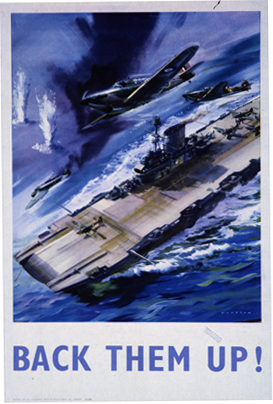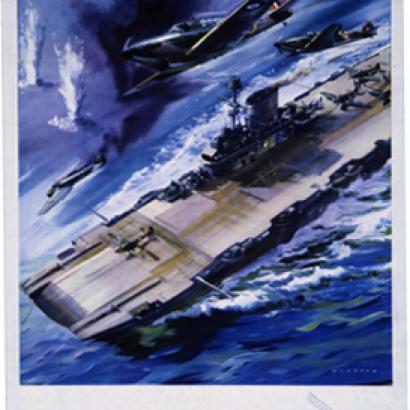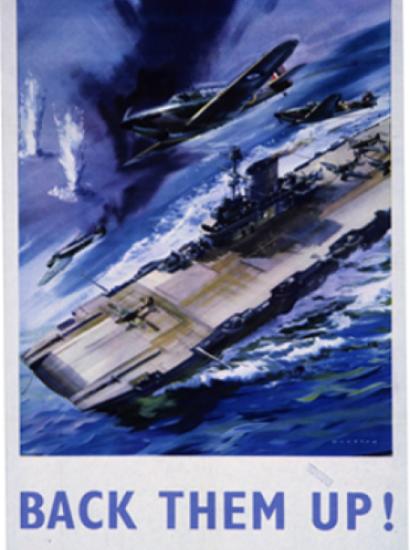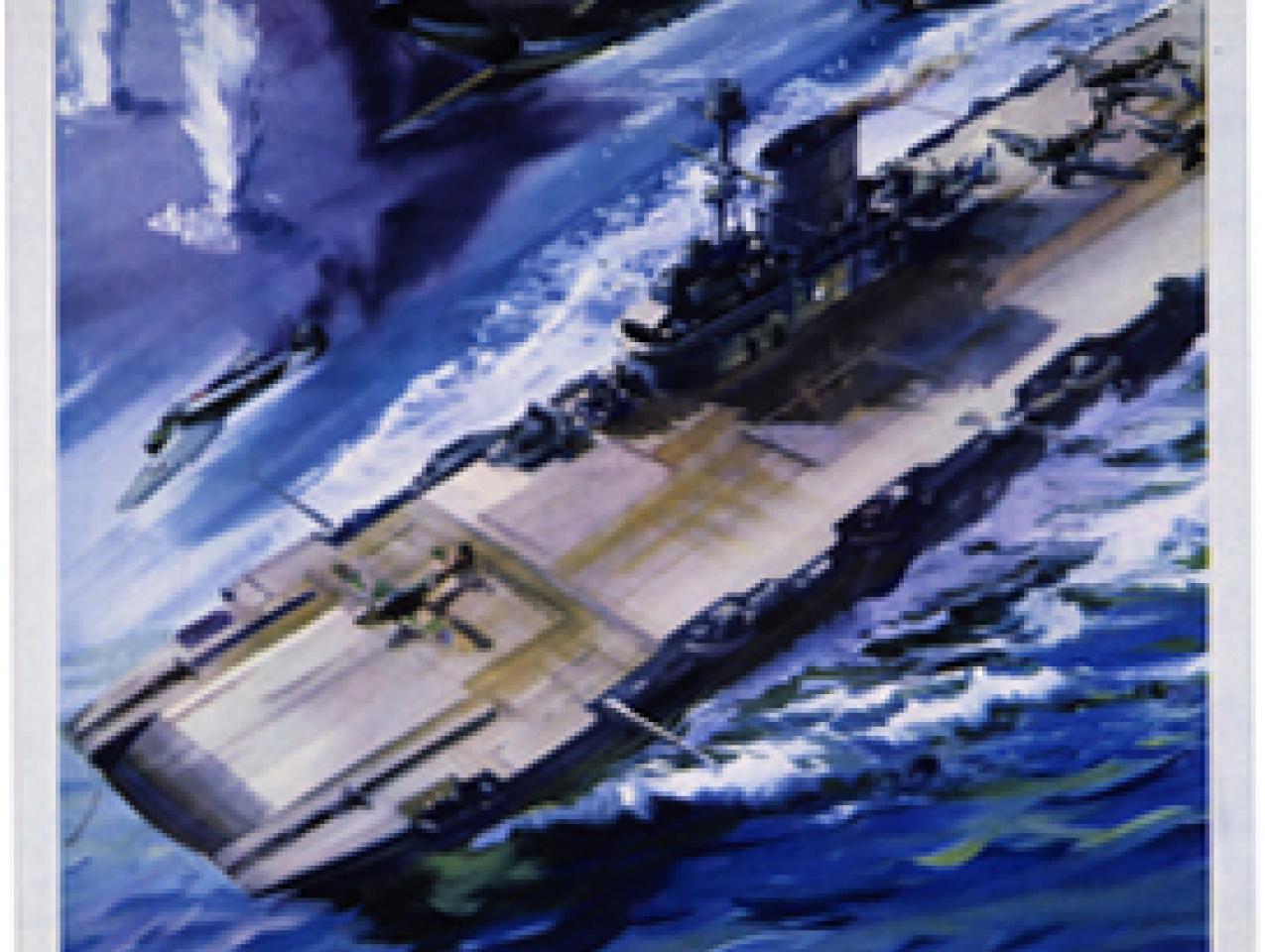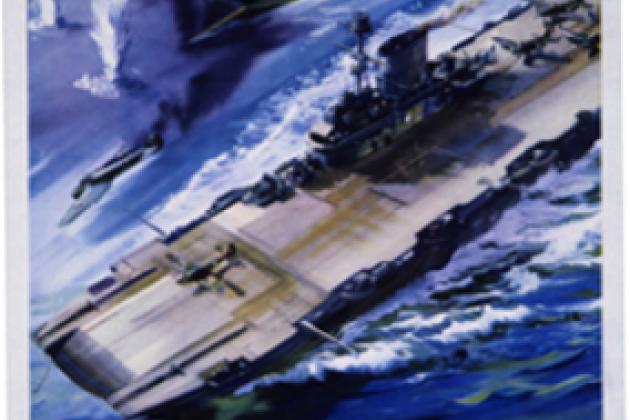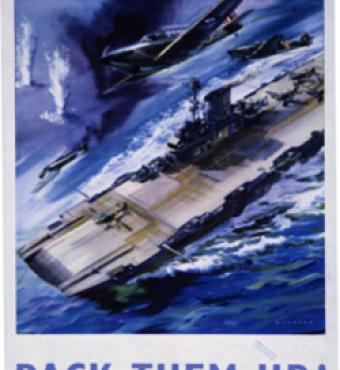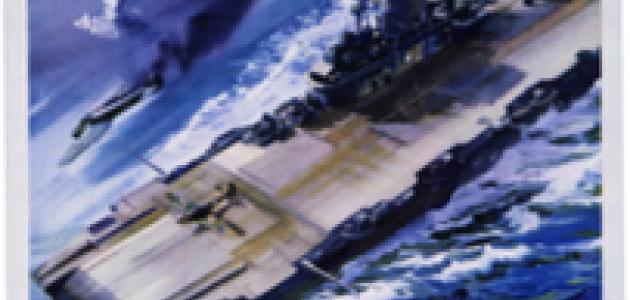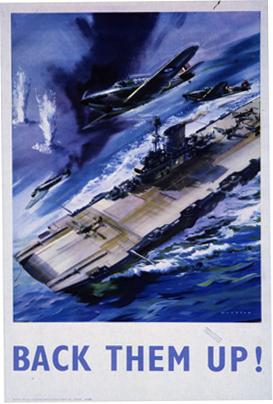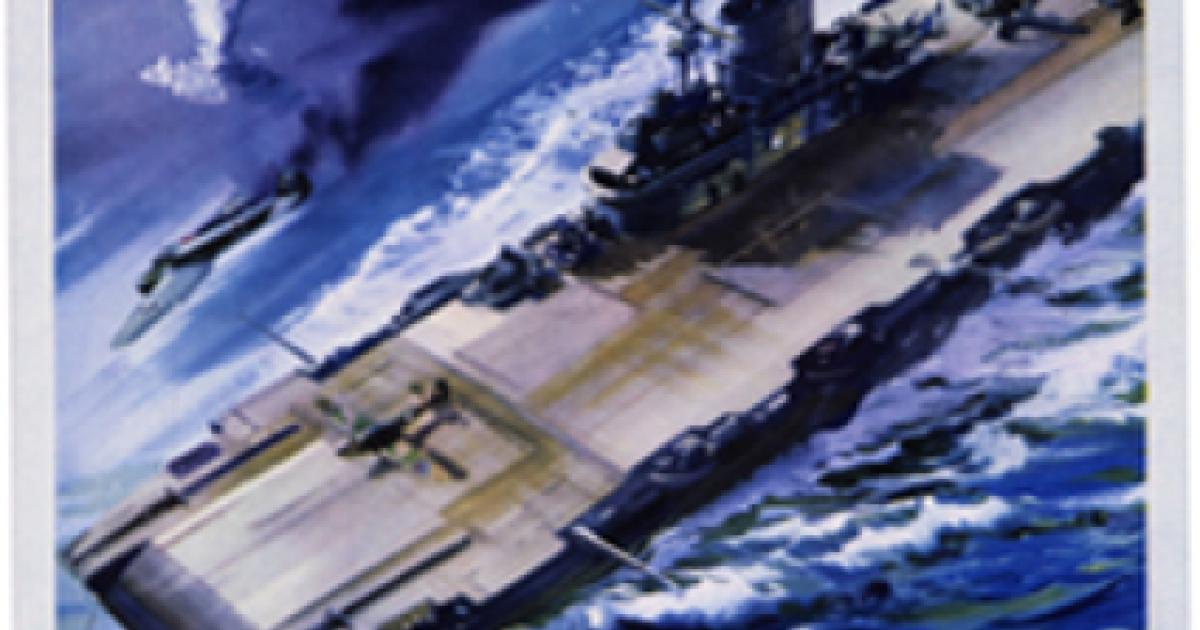It is inevitable that U.S. naval, air, and ground strength will be downsized in the years ahead. The only real question is by how much—by $1 trillion or so from planned spending levels if sequestration remains in effect, or by “only” $500 billion or so if it is repealed. Carrier groups, fighter winters, and especially infantry will be especially hard-hit by these cuts since these are all expensive investments, whether in materiel or personnel. Unless sequestration is repealed, for example, the Navy will not have the money to retrofit the U.S.S. George Washington and the total number of aircraft carriers will fall to 10 even though current requirements call for 12 to 15. Likewise the Army, under sequestration, will fall from a wartime high of 570,000 active-duty soldiers to as few as 420,000, even though army leaders have testified that a bare minimum of 450,000 is necessary. The Air Force, too, will face similar cutbacks; indeed it has already been forced to cut back purchases of both the F-22 and F-35 to considerably below planned levels. It is possible to argue that in the long-term, different kinds of ships and aircraft can make up for these losses, especially if we utilize unmanned platforms more heavily, but in the short-term (meaning the next decade), there is no real alternative to aircraft carriers and fighter wings for projecting U.S. power. And no technology on the horizon will offer any conceivable alternative to old fashioned “ground pounders”—infantrymen standing on street corners with rifles will be as necessary to enforce our will on enemies in the future as in the past. By neglecting to preserve our capacity to field such forces, the U.S. risks being unable to fulfill the bare minimum requirements of its national security strategy.

-
About Hoover
About Hoover
Located on the campus of Stanford University and in Washington, DC, the Hoover Institution is the nation’s preeminent research center dedicated to generating policy ideas that promote economic prosperity, national security, and democratic governance.
Learn More -
Fellows
Fellows
Hoover scholars form the Institution’s core and create breakthrough ideas aligned with our mission and ideals. What sets Hoover apart from all other policy organizations is its status as a center of scholarly excellence, its locus as a forum of scholarly discussion of public policy, and its ability to bring the conclusions of this scholarship to a public audience.
View All Fellows -
Research
Research
Throughout our over one-hundred-year history, our work has directly led to policies that have produced greater freedom, democracy, and opportunity in the United States and the world.
Learn More -
Commentary
Commentary
Hoover scholars offer analysis of current policy challenges and provide solutions on how America can advance freedom, peace, and prosperity.
Learn More - Library & Archives
-
Support Hoover
Support Hoover
Learn more about joining the community of supporters and scholars working together to advance Hoover’s mission and values.
Learn More - Events
- Student Opportunities
-
MyHoover

-
MyHoover
What is MyHoover?
MyHoover delivers a personalized experience at Hoover.org. In a few easy steps, create an account and receive the most recent analysis from Hoover fellows tailored to your specific policy interests.
Watch this video for an overview of MyHoover.
Create AccountForgot Password
Login?
-
MyHoover

-
MyHoover
What is MyHoover?
MyHoover delivers a personalized experience at Hoover.org. In a few easy steps, create an account and receive the most recent analysis from Hoover fellows tailored to your specific policy interests.
Watch this video for an overview of MyHoover.
Create AccountHave questions? Contact us
Forgot Password
Login?
-
Support Hoover
Support Hoover
Learn more about joining the community of supporters and scholars working together to advance Hoover’s mission and values.
Learn More






